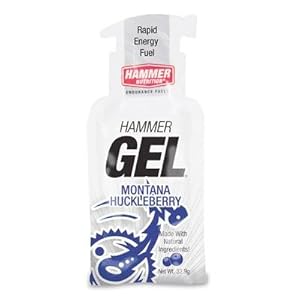Yes, it's taper time again. The most beloved, hated week of training. One fellow blogger calls it the "taper worm." Others simply consider it a necessary evil of the process.
During the long, hard weeks of training, I yearn for taper week. But once it's here, it's usually not all that I imagined. It's still busy--you're still working out, just less intensely. Then there's the added stress of needing to rest enough, eat enough, relax enough to hopefully be enough on race day.
There is the anxiety over preparedness, though there is nothing to be done about it by this point. There is the ridiculous fear of losing fitness during taper week. There is agitation as you pace around like a caged tired, ready to bite anyone's head off, as all of the pent-up energy roils and percolates beneath the surface--which is the point.
There's logistics and planning and hoping your goggles won't get kicked off your head and your tire won't get a flat.
There's a lot that goes on, inside and out, during taper week.
What follows is from my interactive fitness column, responding to a reader's question about tapering . . .
Tapering, though sometimes difficult, is essential for optimal performance
Q:
Do you find taper weeks a little difficult . . . emotionally speaking?
A:
Sometimes. It depends on the type of race I’m training for.
Tapering for a sprint race is a sprint in itself,
the taper period being so short that I hardly notice it.
On the other hand, endurance races, such as when I
was training for the Ironman last year, leave me exhausted and counting the
days until taper time.
So, it’s tapering for the middle distance races—half
marathons, and Olympic and half Ironman triathlons—that tend to leave me feeling
a bit out of sorts.
Tapering, a key factor in preventing
training-induced fatigue from affecting your race-day performance, is the
reduction in the amount and intensity of exercise in the days and weeks leading
up to a race. Generally, longer endurance events require longer taper periods
of up to four weeks, while shorter races may only require a week or less.
For most athletes, a well-executed tapering plan is
essential for optimal race day performance. The key is finding the proper
balance between rest and continued training. According to flammerouge.je, “the
best training and form in the world can all be wasted with an ineffective taper
period.”
Studies suggest that tapering, which allows you to
fully recover from previous workouts and be completely rested for your race,
can increase and athlete’s strength, power, motivation, autoimmune function,
oxygen uptake and glycogen levels. A proper taper should leave you feeling
strong and rested, taking pride in all you’ve accomplished during the grueling
weeks of training, and excited that you are within days of reaching your ultimate
goal.
But, that’s not to suggest that tapering is always
easy. The sudden reduction in workouts can leave some athletes feeling
depressed, sluggish, unmotivated and anxious about a perceived loss of fitness.
These feelings are quite common as your body slows down to rest and recharge,
and should pass as race day approaches. It’s important to remember that there
are no workouts you can do at this stage that will enhance your readiness for
the race.
Tapering affects each individual differently, so
it’s important to listen to your body and figure out what works best for you.
Flammerouge.je
notes that the taper period can be an ideal time to concentrate on technique
and strategy, using the extra downtime to sharpen your skills and enhance your
body awareness. Nutritional considerations are a factor as well, as the reduction
in mileage during tapering means that fewer calories are required. Focus on
consuming healthy and nutritious items, particularly carbohydrates, in the days
leading up to the race. To keep glycogen levels stocked, eat frequent, small
meals, and drink plenty of water.
In general, you should use the taper period to relax
and get lots of rest. Continue stretching and consider getting a massage
several days before your race. Read motivational books or magazine articles and
reduce stress by practicing relaxation and visualization techniques. Most
importantly, don’t try anything new in the week prior to or on race day.
If you’ve executed a well thought-out tapering
period, the rest will pay off and, according to markallenonline.com, you will
be “so bored with sitting around that you are bursting at the seams to get out
there,” which is exactly what you want.






